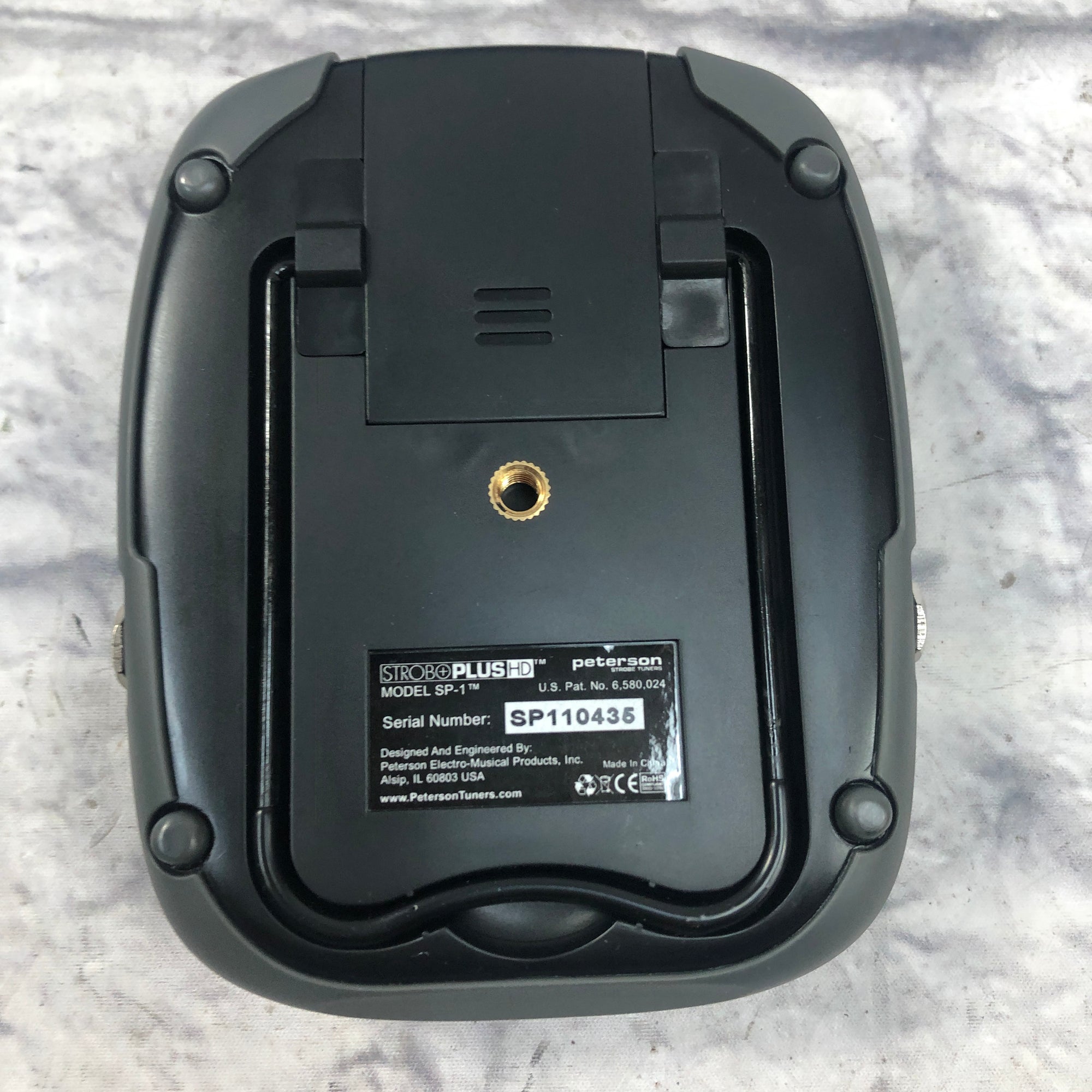
The method according to claim 1 for use with an instrument having a plurality of strings wherein there is provided a plurality of light sources each being arranged for co-operation with a respective one of the strings, wherein the light sources are each driven at a required frequency by an electronic circuit consisting primarily of a microprocessor and wherein the microprocessor is arranged to determine a required status of each light source sequentially in turn.ġ2. The method according to claim 9 wherein the common support comprises a circuit board and wherein the circuit board also carries components for driving the light sources.ġ1. The method according to claim 7 wherein the light sources are mounted on a common support in fixed position thereon such that the common support can be located on the instrument for location of the light sources at required positions relative to the respective strings.ġ0. The method according to claim 7 wherein the light sources are mounted on the instrument in fixed position relative thereto and directly behind the respective string.ĩ. The method according to claim 1 wherein the instrument has a plurality of strings and wherein there is provided a plurality of stroboscopic light sources each driven at a frequency equal to a required frequency of vibration of a respective one of the strings and wherein each is positioned relative to the instrument to be partially eclipsed by the respective string when viewed from a common position.Ĩ.

The method according to claim 5 wherein the phases are selected such that each light source along the row follows in phase the previous source on the row.ħ. The method according to claim 1 including providing a plurality of stroboscopic light sources in a row along the string and driving the light sources with the same frequency but differing in phase.Ħ. The method according to claim 3 wherein the duty cycle is in the range 10% to 25%.ĥ. The method according to claim 1 wherein the frequency of the light source has a duty cycle which is greater than 10%.Ĥ. The method according to claim 1 wherein the light source is driven with sufficient power and sufficiently large duty cycle that the player perceives the stroboscopic light source to be bright in normal ambient lighting conditions without shielding or means of observation.ģ. The light source, the string and the eyes being arranged so that the area between the string and the eyes is open from shielding to allow the entry into the area of ambient light whereby the string and the source are observed without the need for shielding.Ģ. Observing movement of a shadow on the light source caused by a difference in frequency between an actual frequency of the string and the required frequency Īnd changing tension in the string so as to slow the movement of the shadow to cause tuning of the string to the required frequency Locating the source relative to the string such that rays of light from the source shine past the string into the eyes of the player such that some of said rays are eclipsed by the string ĭriving said stroboscopic light source at a frequency equal to a required frequency of vibration of the string Providing a source of stroboscopic light A method of tuning a musical instrument having at least one string tunable by changing tension therein by a player of the instrument comprising: A single microprocessor may be used to time and control all of the LEDs of such a device by using a simple and efficient algorithm to calculate phases from a plurality of accumulating sums.ġ.

A plurality of LEDs is grouped behind each string, with each LED in the group having the same frequency but different phase, which creates an illusion of movement along the string in one direction or the other indicating whether the string is sharp or flat. The LEDs are sufficiently powerful, and their duty cycles are sufficiently large, that no special shielding or means of observation are required by the musician in normal ambient lighting conditions. To use the device, a musician observes the illusion of a moving shadow around an untuned vibrating string, and adjusts the instrument until the shadow appears to slow down and stop. The LEDs are driven at standard musical frequencies by a microprocessor. A tuning device for a stringed musical instrument consisting of stroboscopic light sources, such as light emitting diodes (LEDs), positioned to be seen by a musician in or near normal playing position as partially eclipsed by the strings.


 0 kommentar(er)
0 kommentar(er)
